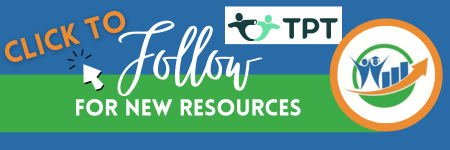From Hiding to Shining: Strategies to Support Full Participation in Every Lesson
- Susan Bryant
- Jun 30, 2025
- 3 min read
Updated: Sep 16, 2025
By Susan Bryant

The Challenge: Getting Every Student to Participate
One of the challenges facing educators today is ensuring that all students are active participants in the learning process. We do that through engaging hands-on activities, as well as through thoughtful class discussions. But, what do you do when you call on a student - even one with a hand raised - and you get one of these responses:
“I forgot.”
“I don’t know.”
“Um.”
If you accept a non-answer and move on to another learner, you are sending a powerful message to the child: “It’s OK. You aren’t expected to participate.” Over time, that can lead a child to believe he or she isn’t capable of contributing to discussions, or that unless he/she is positive of the correct answer, it’s better to opt out. No child learns by opting out! And, the class is diminished by having fewer voices heard. By ensuring that all students “opt in,” a teacher can help move children out of learning shadows and into the spotlight.

Why Students Opt Out
A variety of factors can hinder children’s willingness to actively participate in class. These can include:
Shyness or Anxiety
Lack of Confidence
Language Barriers or Learning Differences
Classroom Dynamics
All of these can be mitigated by building a classroom culture that persistently teaches students that:
Their voice is important.
Their contributions are valuable.
All students have a responsibility to help classmates learn through participation.
What to Do When Students Say “I Don’t Know”
Let’s suppose the teacher is asking students to identify the next shape in a repeating pattern. After calling on a student who gives a non-answer, the teacher can respond positively with, “It sounds like you are having trouble with your answer, but we really want to hear from you. Can I give you some options?” When the child answers affirmatively (even a slight nod of the head), the teacher can offer any of these.
Would you like a little more time to think? If so, the teacher moves on to another student, but then goes back to the first child for an answer. The first child may end up repeating the second student’s answer, but it’s still an answer and is an opt-in!
Would you like a hint or a clue? If so, the teacher restates the question and/or gives a little more information to guide the student to the answer. In our example, this could be naming the shapes in the pattern in order and then hesitating when it’s time to name the next shape. Or it could be reminding the student that the shapes are “taking turns and we need to figure out whose turn comes next.”
Would you like to ask a friend for help? If so, the teacher allows the student to talk to a nearby classmate and then allows the first child to give the answer. Again, the child is getting an answer from someone else, but he/she is sharing it with the class, which is an opt-in.

Make It Visual: Use a Classroom Chart
A classroom chart showing these three support strategies can be created together with students and posted in the room. This serves as a daily reminder that opting out isn’t acceptable, but support is always available.
By referring to the chart during discussions, the teacher reinforces that everyone is welcome—and expected—to participate. When everyone is an active participant, everyone learns!
Coming Soon: Building a Strong Classroom Community
Check back for future posts on how to build a classroom culture that:
Maximizes positive peer support
Uses inclusive strategies
Implements effective cooperative tasks for young learners
Looking for Support? Contact Us




